How Much Is A Bench Press Bar? At HOW.EDU.VN, we understand that knowing the weight of your equipment is fundamental to a successful and safe workout. This guide provides an in-depth look at bench press bar weights, types, and selection. Unlock your strength training potential with accurate knowledge and the right tools.
1. Understanding the Bench Press Bar
The bench press bar, while appearing simple, is a critical piece of equipment in any weightlifting program. It’s more than just a metal rod; it’s a carefully engineered tool designed for performance and safety.
A typical bench press bar consists of a steel shaft and rotating sleeves on each end to accommodate weight plates. The shaft features knurling, a textured pattern that provides a secure and comfortable grip. Collars are used to secure the weight plates on the sleeves, preventing them from sliding during lifts, which is crucial for stability and preventing injuries.
2. The Standard Weight of a Bench Press Bar
Knowing the standard weight of a bench press bar is essential for accurately tracking your progress and calculating the total weight you are lifting. This knowledge allows you to set realistic goals and monitor your strength gains effectively.
A standard Olympic bench press bar weighs 45 pounds (20.4 kg) for men and 35 pounds (15.9 kg) for women. This standardization helps ensure consistency in training and allows lifters to accurately gauge their strength and progress over time. Understanding these weights is crucial for balanced weight distribution, a key factor in stability and injury prevention during lifts.
2.1. How to Verify Barbell Weight
While most commercial gyms use standardized barbells, it’s always a good idea to verify the weight, especially if the bar is unlabeled or you are unsure.
- Check for Markings: Look for stamped weight specifications on the barbell shaft. Manufacturers often include this information for easy identification.
- Use a Scale: Use a calibrated weight scale to accurately measure the barbell’s weight.
- Compare with Calibrated Plates: Compare the barbell’s weight against known, calibrated weight plates to get an estimate.
3. Exploring Different Types of Bench Press Bars
The versatility of bench press bars stems from the variety of types available, each designed for specific purposes and training styles. Understanding the differences between these bars can help you choose the right one for your fitness goals.
3.1. Olympic Bar vs. Regular Bar
The Olympic bar is a standard in most gyms, known for its consistent dimensions and versatile design. It weighs 45 pounds (20.4 kg) for men and 35 pounds (15.9 kg) for women. The regular bar lacks the strict standardization of the Olympic bar, with varying weights and dimensions depending on the manufacturer. Regular bars are often shorter and lighter, making them suitable for beginners or those with limited space.
3.2. Power Bar: The Heavy Lifter’s Choice
The power bar is specifically designed for powerlifting, with a robust build and aggressive knurling for a secure grip during heavy lifts. It typically weighs 45 pounds (20.4 kg) for both men and women.
3.3. Specialty Bars: Adding Variety to Your Training
Specialty bars offer unique designs that can add variety to your strength training routine and target different muscle groups.
- Swiss Bar (Multi-Grip Bar): Features multiple grip options at various angles, allowing you to target different muscle groups and reduce stress on the wrists and shoulders.
- Cambered Bar: Has a curved design that increases the range of motion, challenging your stability and engaging stabilizer muscles. Note that this bar can increase fatigue.
- Trap Bar (Hex Bar): Designed for deadlift variations, the trap bar allows you to lift weight in a more neutral position, reducing stress on the lower back and generating more power. Studies have shown that trap bars can lead to greater power output during lifts.
- Football Bar: Features neutral grips that minimize stress on the shoulders, making it a good option for individuals with shoulder issues.
Table: Bench Press Bar Types and Features
| Bar Type | Weight (Men) | Weight (Women) | Key Features |
|---|---|---|---|
| Olympic Bar | 45 lbs (20.4 kg) | 35 lbs (15.9 kg) | Standardized dimensions, versatile for various exercises |
| Regular Bar | Varies | Varies | Non-standardized, varies in weight and dimensions |
| Power Bar | 45 lbs (20.4 kg) | 45 lbs (20.4 kg) | Robust build, aggressive knurling, for heavy lifts |
| Swiss Bar | Varies | Varies | Multi-grip design with various angles |
| Cambered Bar | Varies | Varies | Curved design for a different range of motion |
| Trap Bar | Varies | Varies | Ideal for deadlift variations |
| Football Bar | Varies | Varies | Neutral grips for less stress on the shoulders |
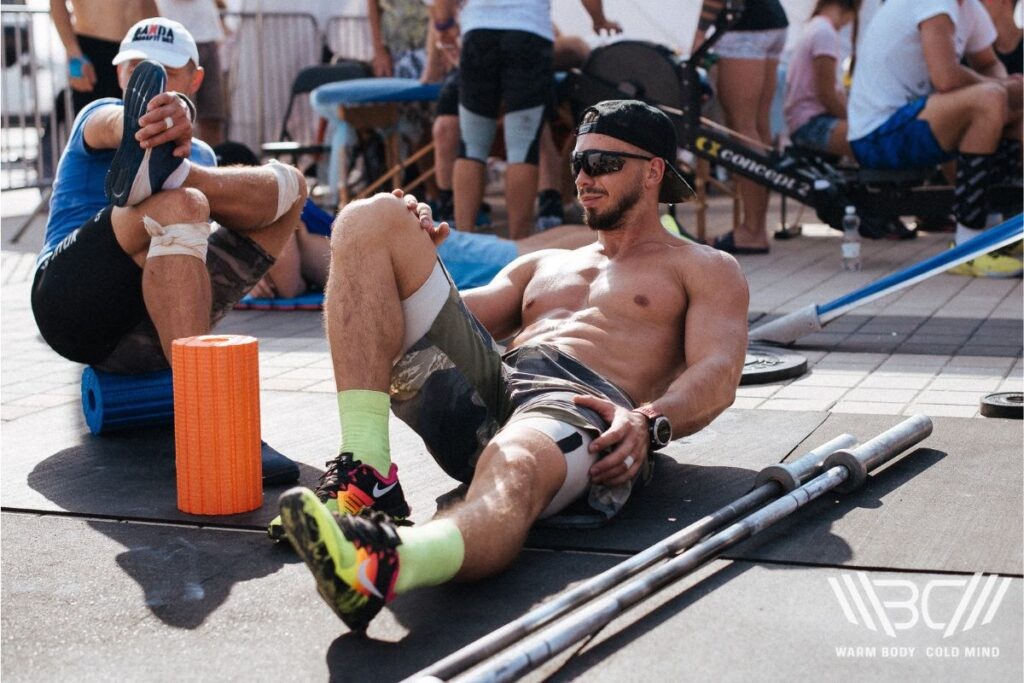
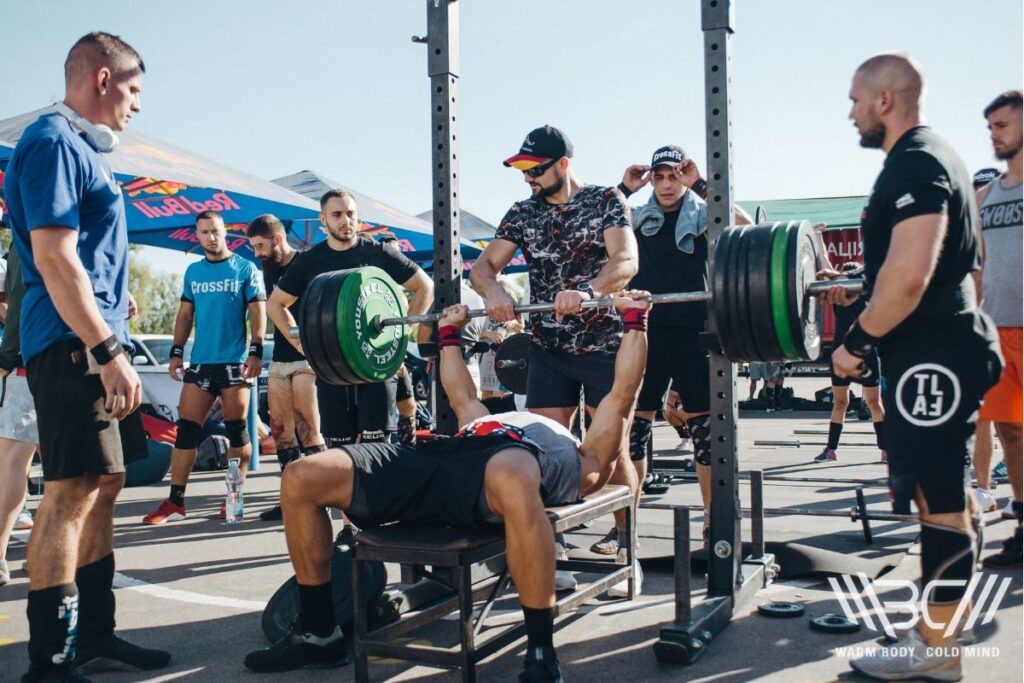
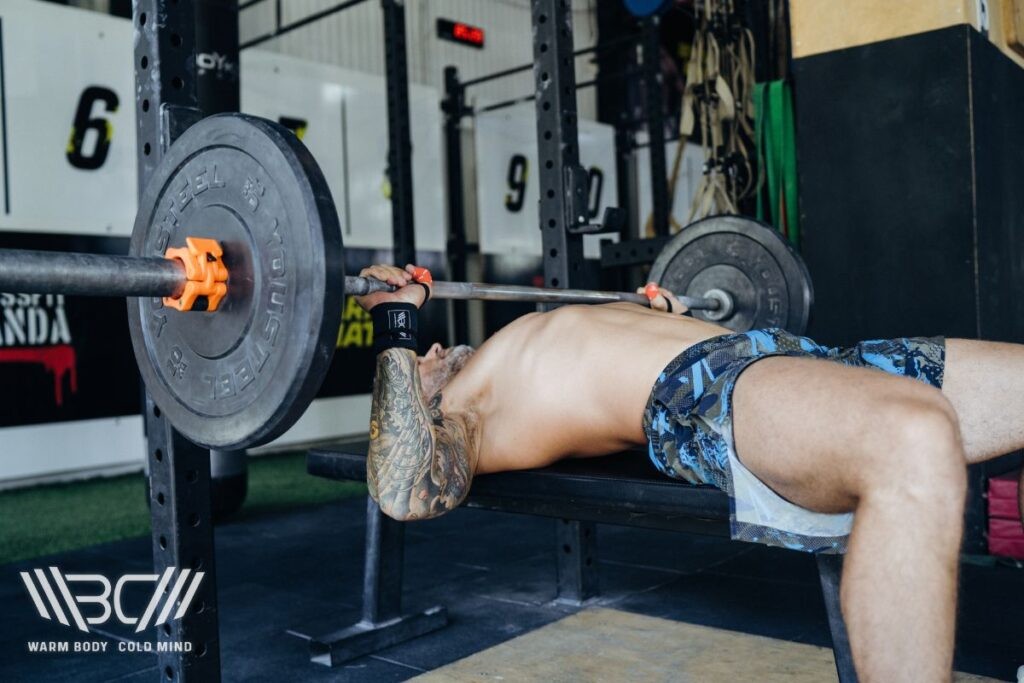
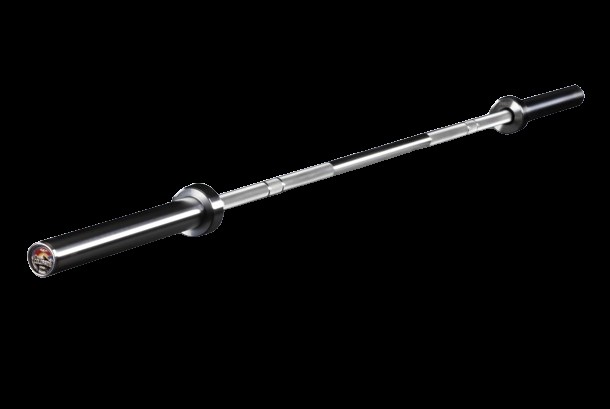
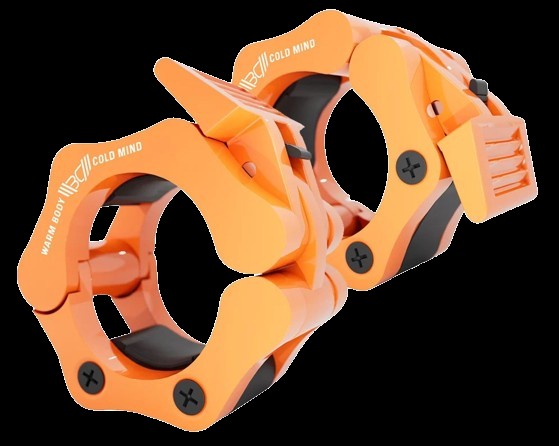
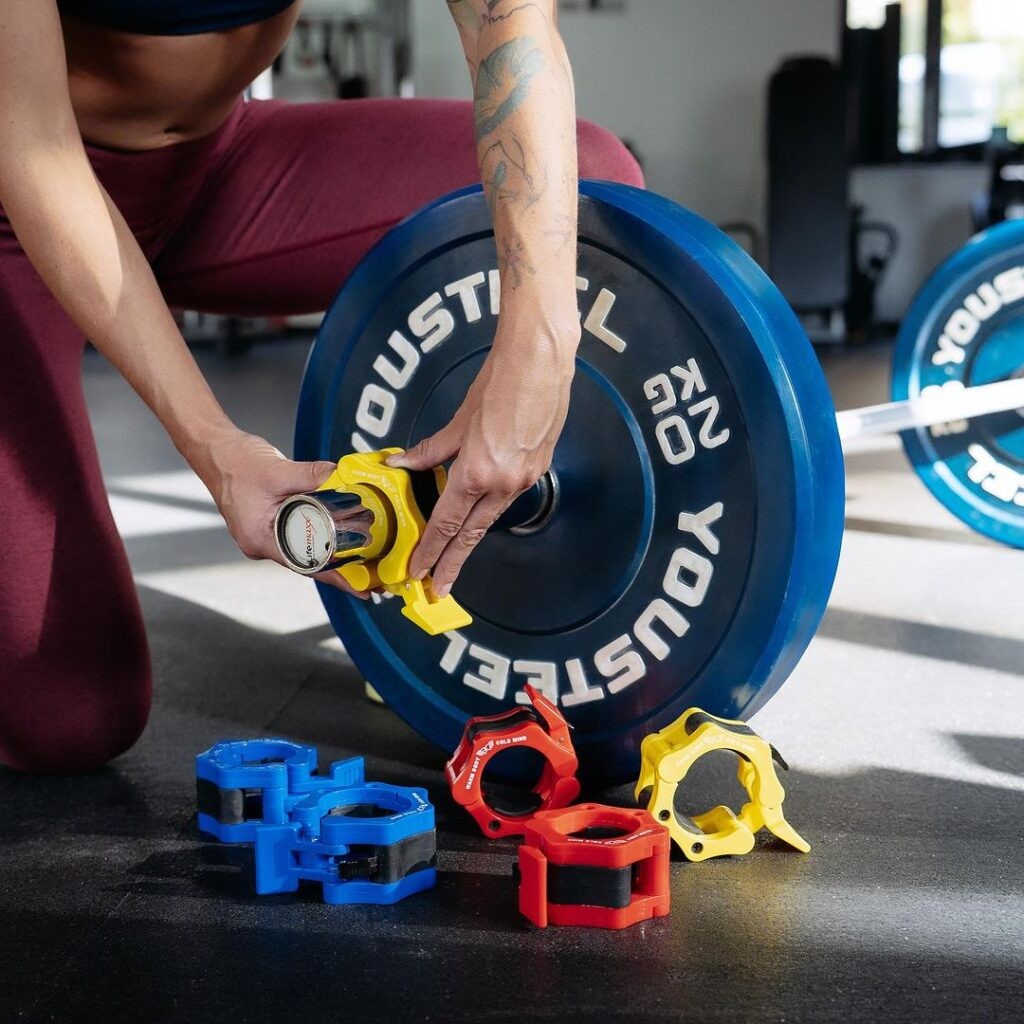
4. How to Select the Right Bench Press Bar
Choosing the right bench press bar can significantly impact your workout effectiveness and safety. With numerous options available, it’s essential to consider several factors to make the best choice.
4.1. Bar Type: Matching Your Training Goals
Selecting the right type of bar is the first step. The Olympic bar is a popular, versatile choice suitable for a wide range of exercises. However, if you focus on powerlifting or require specific grip options, power bars or specialty bars may be more appropriate. Consider your training goals and the exercises you perform most frequently when making your decision.
4.2. Gender: Considering Weight and Dimensions
Standardized Olympic bars have different weights for men and women, reflecting the differences in strength. Some gyms also offer bars designed specifically for women, featuring a smaller diameter for a more comfortable grip. Gender-specific bars ensure a balanced and effective workout.
4.3. Exercise Type: Ensuring Compatibility
The bar should be suitable for the exercises you intend to perform. While an Olympic bar is versatile, powerlifting bars provide greater stability for heavy lifts like deadlifts and squats. Specialty bars can add variety and target specific muscle groups.
4.4. Knurling and Grip: Finding the Right Balance
Knurling affects your grip and comfort. Look for a moderate knurling that provides a secure grip without being too abrasive. The right balance enhances control and reduces the risk of slippage.
4.5. Bar Diameter: Comfort and Control
The diameter of the bar is crucial, especially for those with smaller hands. A smaller diameter can improve comfort and control during lifts. Consider how the bar feels in your hand when gripping and lifting.
5. Featured Bench Press Bar: Rep Colorado Bar
The Rep Colorado Bar is a top-rated option known for its versatility and durability. It weighs 44.1 pounds (20 kg) and is suitable for cross-training, powerlifting, and Olympic weightlifting. Available in various colors with Duracoat sleeves or hard chrome finishes, it features medium-depth, volcano-style knurling and a 28.5 mm diameter shaft.
Pros:
- Dual knurl markings
- Corrosion-resistant
- Highly durable
Cons:
- Shaft diameter does not match IWF specs
6. The Importance of Barbell Collars
Barbell collars are essential for safety, stability, and confidence during weightlifting. They prevent weight plates from sliding, maintaining balance and reducing the risk of injury. Seasoned lifters and coaches recommend using collars regardless of experience level.
6.1. Recommended Barbell Collars: Warm Body Cold Mind 2’’ Olympic Barbell Collars
The Warm Body Cold Mind 2’’ Olympic Barbell Collars combine style and safety. Available in 11 colors, these collars fit seamlessly on all 2’’ Olympic standard barbells and feature a swift release mechanism. They are scratch-resistant and durable, making them suitable for intense workouts.
Pros:
- Superior security
- Scratch-resistant
- Highly durable
- Affordable
Cons:
- Tight fit can make them difficult to remove
7. Expert Consultations at HOW.EDU.VN
Selecting the right fitness equipment can be challenging. At HOW.EDU.VN, we connect you with leading experts who can provide personalized guidance. Whether you’re choosing a bench press bar or optimizing your workout routine, our team of PhDs is here to help.
Many individuals face challenges finding qualified experts for personalized fitness advice. The cost and time required to seek professional guidance can be significant barriers. At HOW.EDU.VN, we offer a solution by providing direct access to top-tier professionals at competitive prices.
7.1. Benefits of Consulting with Our Experts
- Personalized Advice: Receive tailored recommendations based on your fitness goals, body type, and training style.
- Expert Guidance: Benefit from the knowledge and experience of PhD-level professionals.
- Cost-Effective: Access high-quality advice without the high costs associated with traditional consultations.
- Convenient Access: Consult with experts from anywhere, at any time.
8. Frequently Asked Questions (FAQ) About Bench Press Bars
8.1. Are All Bench Press Bars 45 Lbs?
No, not all bench press bars weigh 45 pounds. While the standard Olympic bar weighs 45 pounds for men (35 pounds for women), other types of bars vary in weight. Always check the weight before starting your workout.
8.2. Is a Heavier Bench Press Bar Better?
Not necessarily. The ideal weight of a bench press bar depends on your strength level, training goals, and personal preferences. Some lifters prefer heavier bars, while others find lighter bars more suitable.
8.3. Is There a Special Bar for Bench Press?
While no bar is exclusively for bench press, powerlifting and specialty bars offer variations in grip, knurling, and durability that can enhance your bench press performance.
8.4. Do You Count the Bar Weight for Your Bench Press Max?
Yes, always include the bar weight when calculating your bench press max. Your bench press max is the total weight you are lifting, including the bar.
8.5. What is the standard diameter of a bench press bar?
The standard diameter for an Olympic bench press bar is 28-29 mm for men and 25 mm for women.
8.6. How does knurling affect my grip?
Knurling provides texture to the bar, improving grip and preventing slippage. Aggressive knurling offers a stronger grip but can be uncomfortable, while moderate knurling provides a balance of grip and comfort.
8.7. Are specialty bars worth the investment?
Specialty bars can be a valuable addition to your training, offering unique benefits such as targeting different muscle groups and reducing stress on joints. However, they are not essential, and the value depends on your individual training needs and goals.
8.8. How often should I replace my bench press bar?
The lifespan of a bench press bar depends on its quality and usage. Regularly inspect your bar for signs of wear and tear, such as bending, cracking, or excessive rust. Replace your bar if you notice any significant damage.
8.9. Can I use a bench press bar for other exercises?
Yes, bench press bars can be used for a variety of exercises, including squats, deadlifts, and overhead presses. Their versatility makes them a valuable addition to any home or commercial gym.
8.10. What are the benefits of using a power bar for bench press?
Power bars are designed for heavy lifting and provide enhanced stability and a more secure grip due to their aggressive knurling. They are ideal for powerlifters and those who regularly lift heavy weights.
9. Elevate Your Fitness Journey with HOW.EDU.VN
Understanding the weight of a bench press bar is crucial, but selecting the right equipment and technique requires expert guidance. At HOW.EDU.VN, we connect you with experienced PhDs ready to provide personalized advice. Don’t navigate your fitness journey alone.
9.1. Connect with Leading Experts
Our team of over 100 renowned PhDs offers expertise across various fields. Whether you’re seeking advice on fitness, career development, or business strategy, we have the right expert for you.
9.2. Personalized Consultation Services
We understand that every individual has unique needs. Our consultation services are tailored to address your specific questions and challenges, providing you with actionable insights and solutions.
9.3. Secure and Confidential Consultations
Your privacy is our priority. We ensure that all consultations are conducted with the highest level of confidentiality, providing you with a safe and secure environment to discuss your concerns.
9.4. Take the Next Step
Ready to take your fitness journey to the next level? Contact HOW.EDU.VN today to schedule a consultation with one of our leading experts. Let us help you achieve your goals with personalized, expert guidance.
Address: 456 Expertise Plaza, Consult City, CA 90210, United States
WhatsApp: +1 (310) 555-1212
Website: HOW.EDU.VN
Don’t wait—connect with a PhD at how.edu.vn and unlock your full potential. We are committed to providing you with the highest quality advice and support to help you succeed.
10. References
- Adam Zajac, Michal Krzysztofik, Michal Wilk, Piotr Żmijewski “Can the Cambered Bar Enhance Acute Performance in the Bench Press Exercise?” Frontiers in Physiology 11 (2020).
- Arthur Stewart, Ioannis Agouris, Justin WL Keogh, Paul A. Swinton, Ray Lloyd “A Biomechanical Analysis of Straight and Hexagonal Barbell Deadlifts Using Submaximal Loads,” Journal of Strength and Conditioning Research 25, no. 7 (2011): 2000-2009.
- Ben Emminger “Why You Should Be Using Barbell Collars,” Gear Patrol, https://www.gearpatrol.com/fitness/a43316451/barbell-collars-explained/ (accessed February 13th, 2024).
- Giuseppe Grillone, Matteo Cortesi, Rocco Di Michele, Sandro Bartolomei “A Comparison between Male and Female Athletes in Relative Strength and Power Performances,” Journal of Functional Morphology and Kinesiology 6, no. 1 (2021): 17.5.
- Phil Sabatini “Could Weight Distribution Be the Reason You’re Missing Olympic Lifts?” Barbend https://barbend.com/weight-distribution-lifting/ (accessed February 13th, 2024).
